Sheltered children face uncertain futures
No system exists to protect youth leaving shelters at 18 due to lack of transition centres, risking their safety.
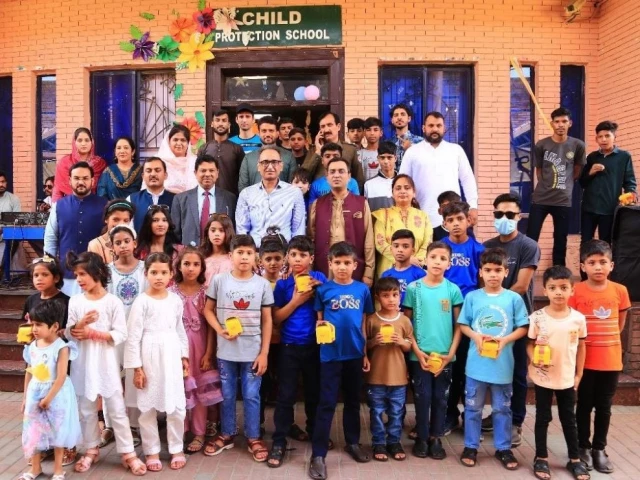
At the Child Protection and Welfare Bureau in Lahore, the sound of laughter rings through the corridors where young children spend their days studying, playing, and dreaming about the future.
Among them is 17-year-old Mahwish Aslam, a soft-spoken teenager who tries to stay optimistic but in quiet moments, she admits feeling deeply anxious. In just a few months, Mahwish will turn 18 and will bid farewell to the shelter home since she will legally be an adult. Without a family, without a home, and without a clear idea of what comes next, the sudden transition into adulthood haunts many young girls living at the bureau.
Ramsha Aamir and Nasreen Maqbool, who share a living space with Mahwish at the shelter home, echo similar fears as both lie awake at night, wondering what life outside the shelter would look like. Where the shelter provides them with food, education, and a safe place to sleep, their future hangs in uncertainty the moment they cross the legal threshold of adulthood since the Child Protection and Welfare Bureau operates under child protection laws that only extend support up to the age of 18. In other words, once a child becomes a legal adult, they are expected to leave the shelter and live on their own. A transition that is far from smooth.
In the absence of dedicated youth transition centres, there is no formal mechanism to ensure that the youth reaching adulthood are able to find safe housing, continue their education, or secure employment. As a result, for most of the abandoned children the abrupt end of institutional support feels like being pushed off a cliff with no safety net below. With no life skills, social networks, and economic means to survive independently, many young adults may fall into homelessness, informal labour, or abusive situations.
Iftikhar Mubarak, Director at Search for Justice, believed that this gap in the child protection system was not just a policy flaw, it was a humanitarian oversight. “While the law classifies these children as adults after the age of18, these young people are emotionally and economically still in need of support. Although there have been some success stories, they remain the exception, not the rule,” said Mubarak.
Muhammad Zubair and Nazia Ashraf, both of whom grew up in the shelter, formed a bond during their years in care. With the bureau’s support, they married, found jobs within the same institution, and began building a family life together. Others, like Hassan, Sanwal, and Mubarak Aslam, were able to secure vocational training and are now employed at private firms. A small number of private organizations, such as the SOS Children’s Village, provide extended care for youth beyond the age of 18.
According to Director Almas Butt, SOS allows residents to stay until the age of 23. “During this time, young adults receive job placement support, career counselling, and emotional guidance. Boys are usually shifted to youth hostels, while girls remain within the village until they are married or financially self-sufficient,” said Butt.
These efforts, while impactful, are limited in scale and capacity since most state-run shelters and welfare programs simply do not have the resources or mandates to offer similar services. In the absence of public policy, these few private institutions have become lifelines for those lucky enough to access them.
In countries like the UK, Canada, and South Africa, structured programs guide youth through their early adult years with hostel-style housing, financial support, skills training, and psychological counselling. These programs reduce the risk of poverty, criminal behaviour, and mental health crises. Without similar infrastructure, Pakistan risks wasting the potential of thousands of young people who leave care facilities each year.
Both Mahwish and Ramsha have ambition, intelligence, and resilience but whether they or not they will get the support they need to achieve their goals is uncertain.
Muzammil Yaar, Director of Programs at the Department of Social Welfare claimed that they were planning to provide housing, job placement assistance, and continued education for a few more years to children crossing the age of 18 in shelter homes.

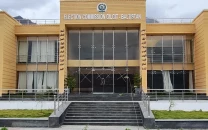
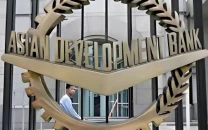







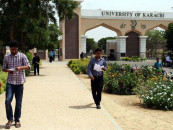





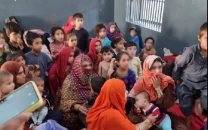






COMMENTS
Comments are moderated and generally will be posted if they are on-topic and not abusive.
For more information, please see our Comments FAQ